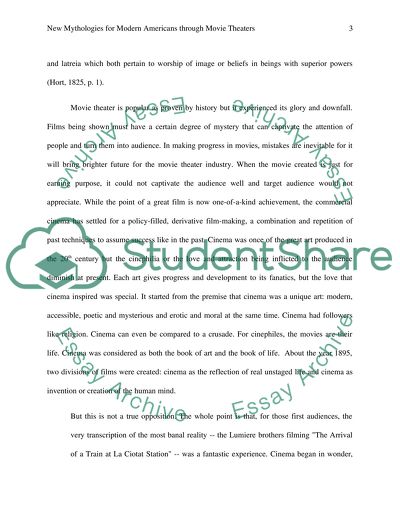Cite this document
(“New mythologies for Modern Americans through Movie Theaters Term Paper”, n.d.)
Retrieved from https://studentshare.org/religion-and-theology/1433777-could-the-movie-theatre-be-a-secular-institution
Retrieved from https://studentshare.org/religion-and-theology/1433777-could-the-movie-theatre-be-a-secular-institution
(New Mythologies for Modern Americans through Movie Theaters Term Paper)
https://studentshare.org/religion-and-theology/1433777-could-the-movie-theatre-be-a-secular-institution.
https://studentshare.org/religion-and-theology/1433777-could-the-movie-theatre-be-a-secular-institution.
“New Mythologies for Modern Americans through Movie Theaters Term Paper”, n.d. https://studentshare.org/religion-and-theology/1433777-could-the-movie-theatre-be-a-secular-institution.


